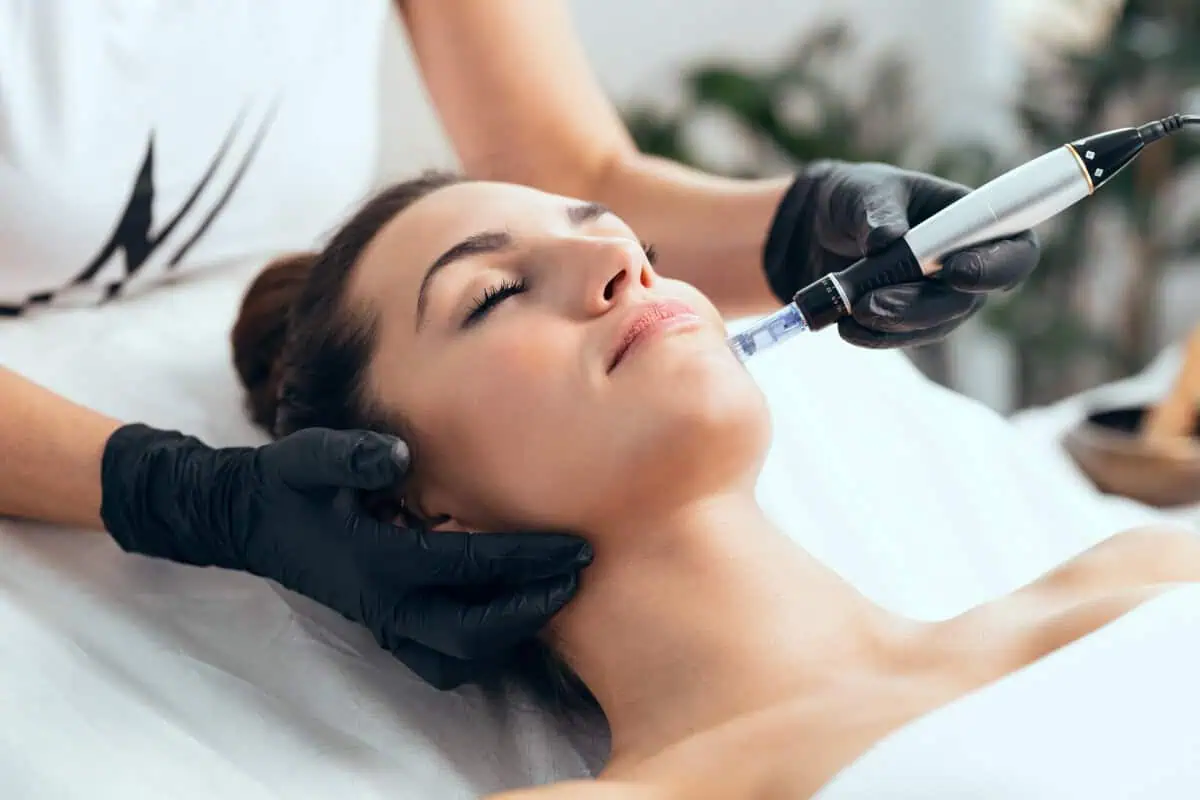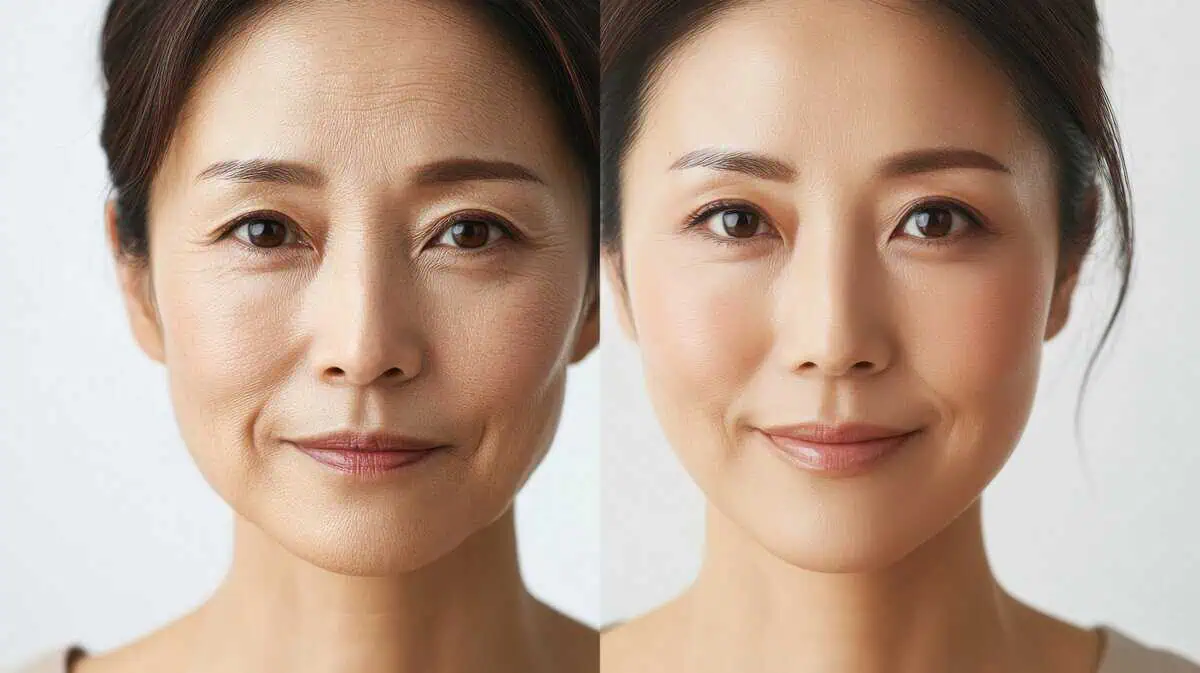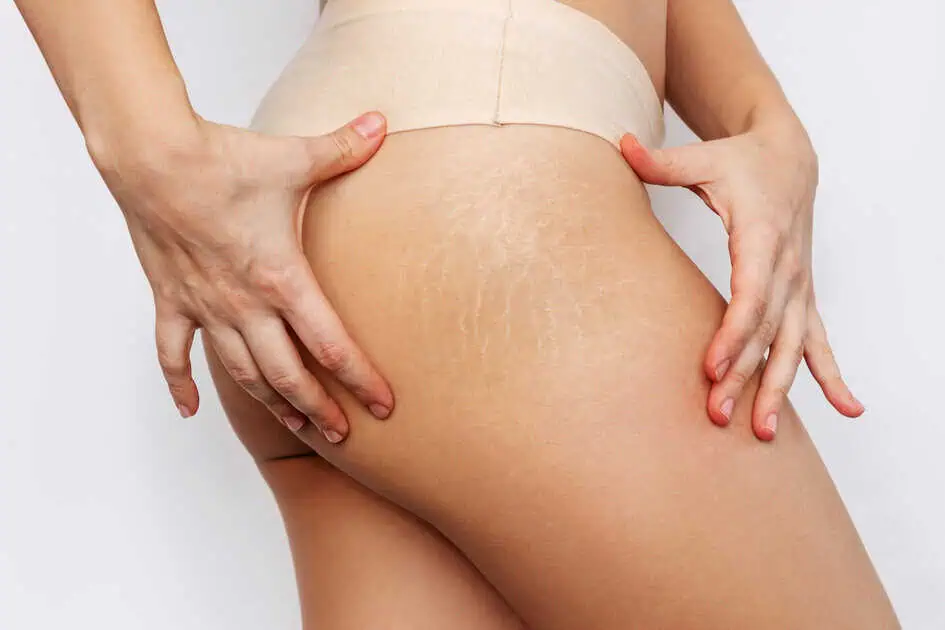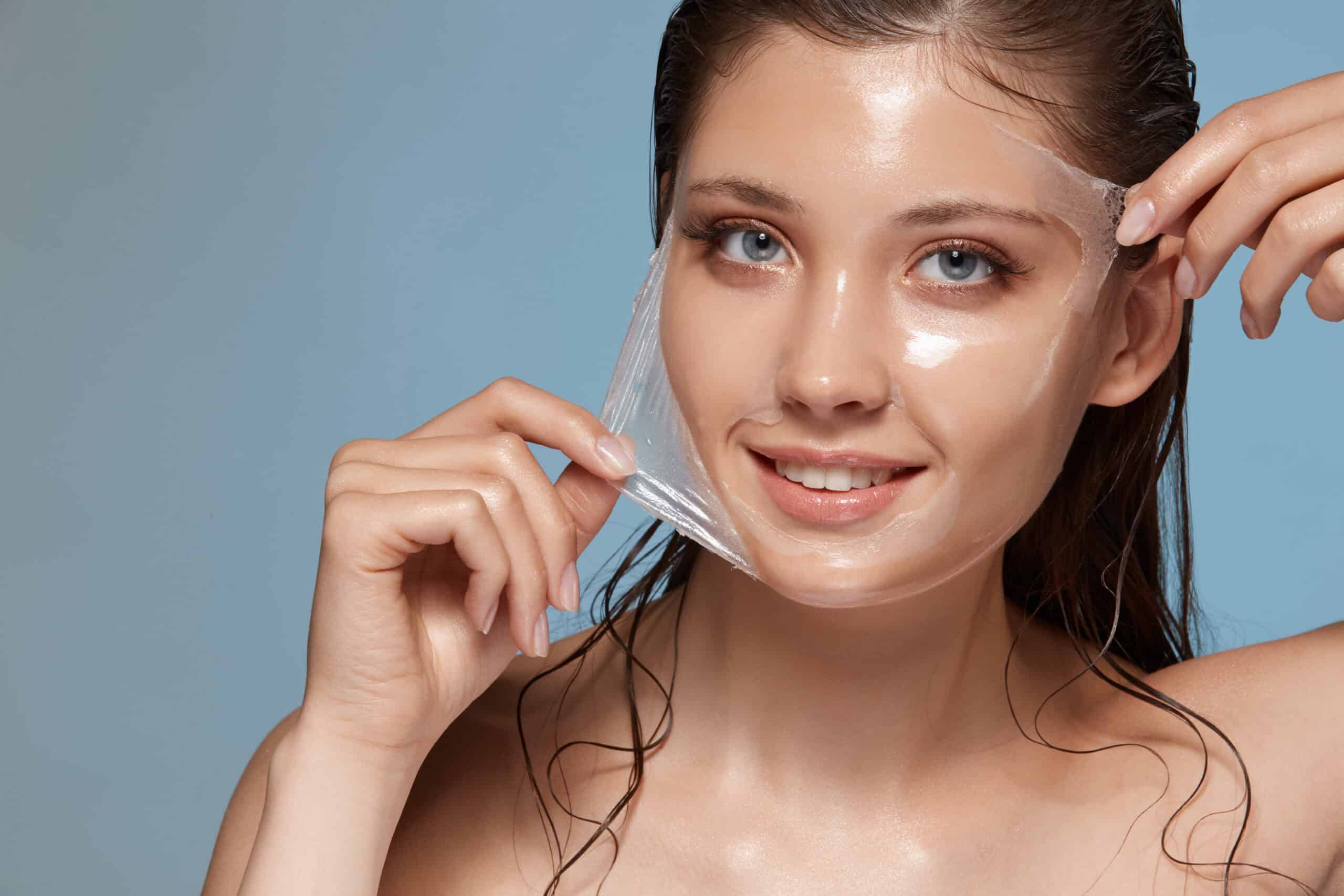Known for its ability to stimulate collagen and elastin, microneedling can transform the appearance of aging, textured, or scarred skin. But as with any trending procedure, the question arises: is microneedling for sensitive skin truly safe? And what about those with darker or uneven skin tones?
We know the answers to those concerns, and this post is designed to help. Keep on reading to understand the science behind microneedling, how it can be safe for a wide range of skin types, and what you really need to know before booking your microneedling appointment.
The Science of Microneedling
At its core, microneedling is a minimally invasive procedure that uses a device equipped with tiny, sterile needles. The latter helps create controlled micro-injuries in the skin.
The micro-injuries trigger the skin’s natural healing response. Eventually, they can stimulate the production of collagen and elastin. The result is a firmer, smoother, and more radiant complexion.
For those dealing with acne scars, fine lines, and stretch marks, the microneedling benefits are hard to ignore. But not all skin reacts the same way. Those with sensitive skin or darker complexions may worry about irritation or hyperpigmentation.
That’s where microneedling safety guidelines come in. When performed by a licensed professional using appropriate needle depth and sterilized equipment, microneedling for sensitive skin can be both safe and highly effective. The key lies in personalization.
Tailoring Microneedling to Your Skin Tone
There is a growing understanding in dermatology that skin tone plays a crucial role in how one responds to treatments. In the past, many aesthetic procedures were designed for fair skin types, overlooking the risks they pose to darker skin.
Fortunately, microneedling and skin tone have a positive relationship. This is especially true when treatments are done properly.
Unlike laser therapy, microneedling does not use heat, which significantly reduces the risk of post-inflammatory hyperpigmentation in melanin-rich skin. However, this doesn’t mean all treatments are created equal.
The depth of the needles, frequency of sessions, and type of device used must be tailored to your specific skin tone and condition. For those with darker complexions, more conservative approaches with proper post-care routines are essential to prevent unwanted pigmentation.
A Gentle Solution for Sensitive Skin
People with sensitive skin often struggle to find treatments that deliver visible results without irritation. Microneedling for sensitive skin offers a unique solution. The reason for this is because it avoids harsh chemicals and ablative processes.
At the hands of a skilled provider, it causes minimal disruption to the skin’s surface. This effect helps prevent flare-ups commonly triggered by chemical peels or laser resurfacing.
It’s important to note, however, that sensitive skin requires careful pre-treatment preparation and post-treatment care. Gentle cleansers, fragrance-free moisturizers, and strict sun protection are all part of a successful recovery.
With the above-mentioned steps, even patients with reactive skin can enjoy the rejuvenating effects of microneedling.
Addressing the Signs of Aging
As we age, our skin produces less collagen. The visible of this would be skin sagging, fine lines, and dullness. As such, microneedling for aging skin becomes an exceptional choice.
The treatment encourages the skin to renew itself from within. This is all thanks to the treatment encouraging the body to generate fresh collagen and enhance skin texture and tone.
Compared to injectables or surgical lifts, microneedling offers a natural approach by leveraging the body’s own healing processes. Results are gradual but noticeable, especially with consistent sessions spaced about a month apart.
One overlooked benefit is its impact on elasticity. Many patients report firmer skin and improved contouring after a series of treatments. For those hesitant about more invasive anti-aging procedures, microneedling presents a compelling, low-risk alternative.
Why PRP, PRF, and RF Are Added to Microneedling
Traditional microneedling is powerful on its own. However, combining it with Platelet-Rich Plasma (PRP), Platelet-Rich Fibrin (PRF), or Radiofrequency (RF) significantly enhances the results.
PRP and Microneedling
PRP involves extracting a small amount of your blood, isolating the plasma rich in growth factors, and applying it to your skin during or after the microneedling procedure.
The approach supercharges your body’s healing response and promotes faster regeneration. It can be especially beneficial for reducing acne scars and deep wrinkles.
PRF and Microneedling
PRF is a newer, more advanced version of PRP, with a slower release of growth factors, making the results longer-lasting and ideal for those with more pronounced skin damage.
RF and Microneedling
RF microneedling uses radiofrequency energy delivered through the microneedles penetrating deeper layers of the skin. This thermal energy tightens the skin from within while also stimulating collagen.
When you combine RF with microneedling, you address both surface texture and deeper laxity in one treatment. This dual-action approach is especially effective for mature skin and areas with noticeable sagging.
These add-ons are chosen based on your specific skin concerns and goals. While PRP and PRF accelerate healing and amplify collagen production, RF adds a tightening effect. When used together thoughtfully, they take your microneedling results to the next level.
Ideal Candidates for Microneedling
Not everyone is a perfect fit for every treatment, but microneedling stands out for its wide range of compatibility. Here’s who is most likely to benefit:
- Individuals with fine lines and wrinkles who want to rejuvenate their skin without resorting to injectables.
- People with enlarged pores or acne scars looking for smoother, more even skin texture.
- Those with mild skin laxity or uneven skin tone, seeking to firm and revitalize their appearance.
- Clients with various skin tones, as long as the treatment is customized to their specific pigmentation and sensitivity.
- People in good overall health, with no active acne, infections, or inflammatory skin conditions.
- Non-pregnant and non-breastfeeding individuals, since microneedling isn’t generally recommended during these life stages.
- Those without a history of keloid scarring, or who consult closely with their provider about risks.
Ultimately, if you’re seeking a non-invasive treatment that works with your body’s natural healing abilities, microneedling in St. Louis, MO is highly recommended for you.
Aftercare Tips for Microneedling
Proper aftercare plays a pivotal role in maximizing your microneedling benefits and preventing unwanted reactions. Here are some essential guidelines to follow after your session:
- Apply a hydrating serum, such as hyaluronic acid, immediately post-treatment to support moisture retention and healing.
- Avoid makeup for at least 24 hours to prevent irritation and bacterial contamination.
- Refrain from touching or exfoliating the skin, especially in the first few days following your session.
- Use a gentle, non-irritating cleanser and moisturizer to maintain the skin barrier during healing.
- Protect your skin from sun exposure and avoid direct sunlight for several days.
- Apply a broad-spectrum SPF daily to shield the newly treated skin and prevent pigmentation.
Expect minor redness or swelling, which typically subsides within 24 to 48 hours with proper care.
Final Thoughts: Is It Really Safe for All Skin Types?
The short answer is yes, but with a few conditions.
Microneedling is one of the most universally compatible treatments available today, adaptable across skin tones and sensitivities. That said, safety and effectiveness come down to technique, customization, and aftercare.
Lastly, a skilled provider will assess your skin, adjust needle depth, and tailor the approach to your individual concerns.
What Sets PRICK’D Medspa Apart in St. Louis, MO
If you’re searching for microneedling in St. Louis, MO, PRICK’D Medspa is redefining what this treatment means for locals.
Our unique approach to microneedling is refreshingly straightforward yet effective. Known for our philosophy of “Tiny Pricks x 1000,” we emphasize the transformative power of tiny, controlled injuries.
Each of our treatment uses about 1000 precise punctures to stimulate your skin’s natural healing response. That means you’re not just getting surface-level care, but a full skin regeneration experience from the inside out.
What makes PRICK’D stand out is our focus on harnessing your own body’s biological processes. Those microscopic pricks cause a cascade of reactions—starting with platelet activation that unleashes growth factors to nourish and heal your skin.
Get glowing, youthful skin with microneedling. Book your consultation today!
Frequently Asked Questions
Can microneedling be performed on areas other than the face?
Yes, microneedling is also effective on the neck, décolletage, hands, and even areas with stretch marks like the abdomen or thighs.
How long do the results of microneedling typically last?
Results can last several months, especially with proper skincare and maintenance treatments.
Can microneedling help with melasma or discoloration?
When done carefully, microneedling may improve uneven pigmentation, but it must be performed cautiously to avoid worsening melasma.








